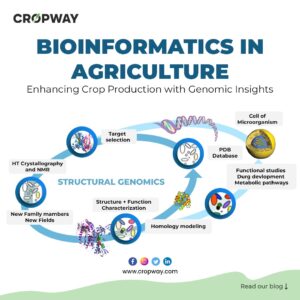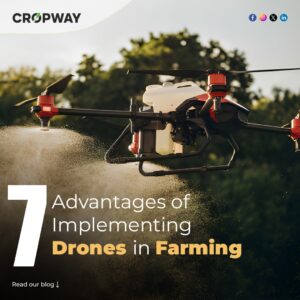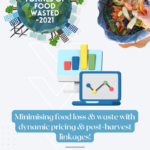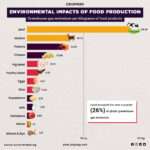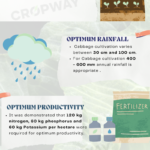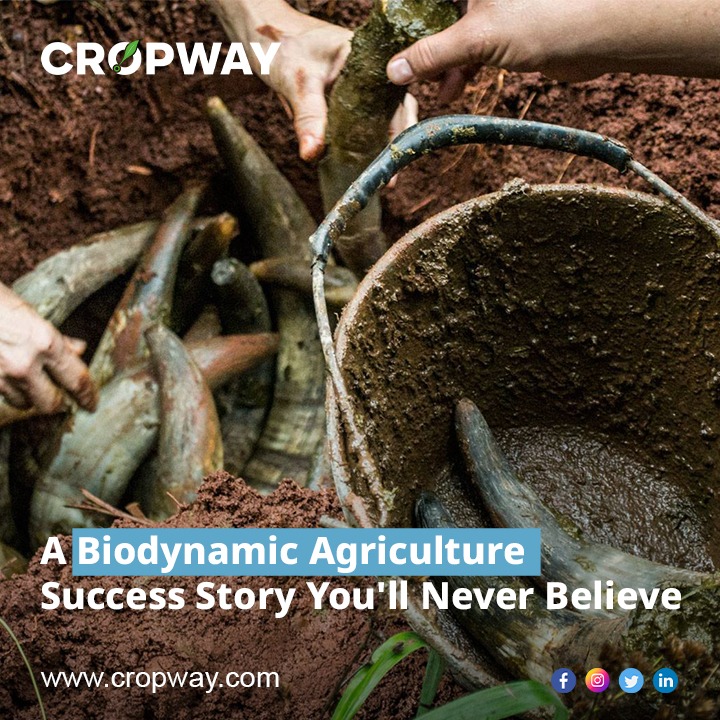
Biodynamic Agriculture
Biodynamic agriculture is a farming method that treats the farm as a self-contained, living organism. This holistic approach emphasizes the use of compost and manure, cover crops, and the integration of livestock to build soil fertility and promote a healthy ecosystem. There are many success stories of biodynamic agriculture, but perhaps one of the most surprising is the story of how biodynamic farmer Bruce Maynard helped control the rabbit population in Australia.
In the mid-1990s, the Australian government faced a major problem with rabbits. Introduced to the continent by European settlers for sport hunting in the 19th century, rabbits had since become a major pest that devastated crops and native vegetation. The government had tried several control measures, including hunting and poisoning, but none had been effective.
Enter Bruce Maynard, a biodynamic farmer who had been using these methods on his farm for many years. He noticed that his fields were relatively free of rabbits, and proposed to the government that he could use his biodynamic methods to control the rabbit population. The government was skeptical, but agreed to give Maynard a small plot of land to try out his methods.
Maynard set to work and planted a diverse range of crops, including clover and lucerne. He integrated livestock into his system and used biodynamic preparations to enhance soil fertility and promote a healthy ecosystem. The results were remarkable. Not only did Maynard’s methods control the rabbit population, but they also increased the productivity and biodiversity of the land.
The government was impressed with Maynard’s success and gave him a larger plot of land to work on. He continued to refine his methods, and soon other farmers were adopting biodynamic techniques to control rabbits and improve their soil. Today, biodynamic agriculture is a growing movement in Australia, and Maynard is celebrated as a pioneer of the approach.
This success story is a testament to the power of biodynamic agriculture to transform not only individual farms but entire ecosystems. By treating the farm as a living organism and working with nature rather than against it, biodynamic farmers like Maynard are proving that sustainable, regenerative agriculture is not only possible but essential for the future of our planet.
Biodynamic agriculture is gaining popularity around the world, and for good reason. The benefits of this holistic approach to farming are numerous, including increased soil fertility, improved crop yields, and healthier ecosystems. Biodynamic agriculture also promotes biodiversity, which is crucial for the survival of many plant and animal species.
Biodynamic farming is more than just a set of techniques, it is a way of thinking and living in harmony with nature. By treating the farm as a self-contained, living organism, biodynamic farmers are helping to restore the balance between humans and the environment. In a world where climate change and environmental degradation are major threats, biodynamic agriculture offers a sustainable and regenerative alternative that can help us create a better future for ourselves and for the planet.


